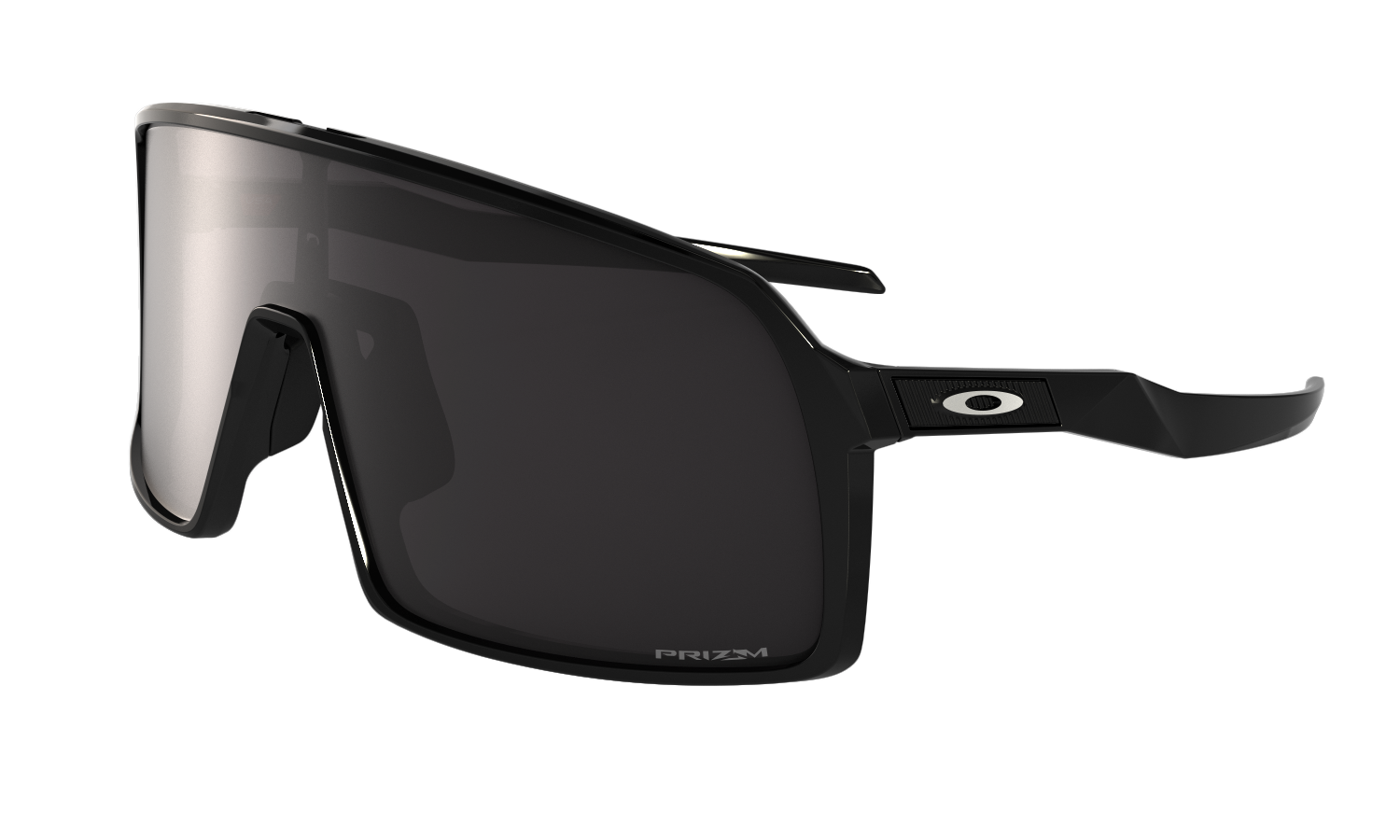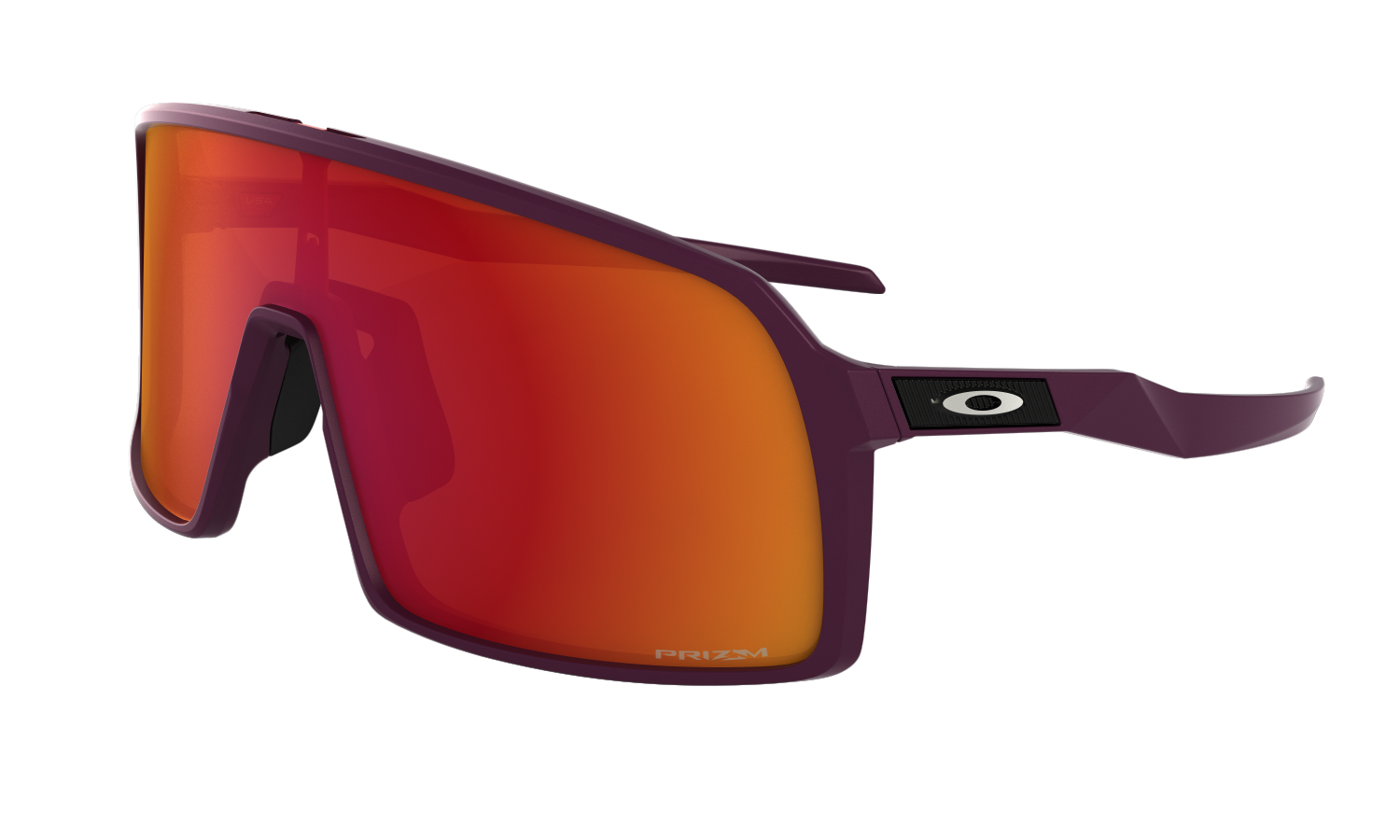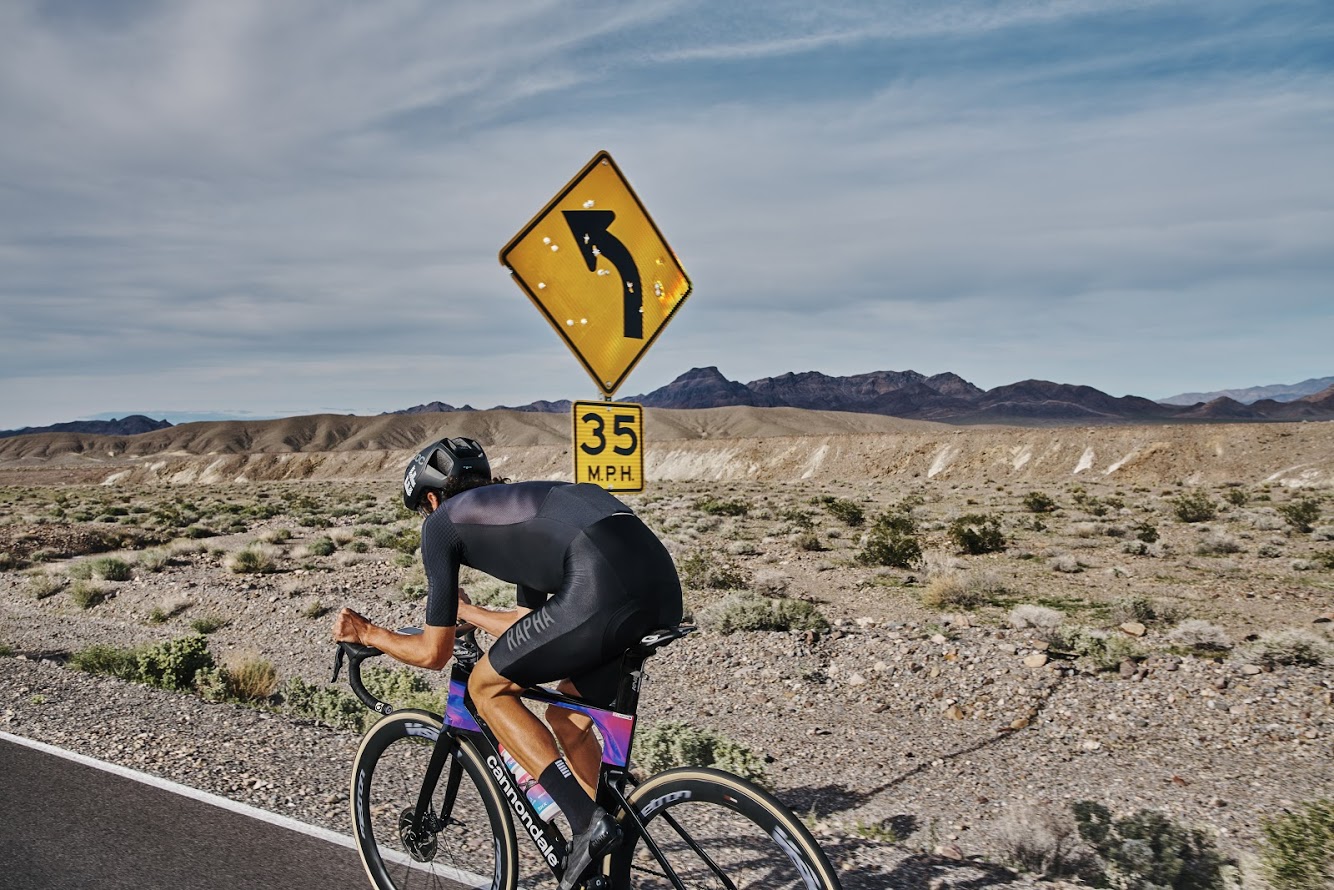The many personalities of cycling: Oakley Sutro review
No, this is not a photograph of me wearing Oakley Sutro sunglasses. I am pretty sure, however, it’s a guy named Chris who handled (handles?) marketing for Specialized whom I connected with in 2014 when I first started writing about cycling and cycling kit.
In any case, it’s a good looking guy wearing a pretty unique pair of shades. I was fortunate to get a review pair for these very pages, and between them, the Wildcats from SMITH and a pair of Speedcrafts, I’ve been riding in them regularly since. While I can’t say I pull them off as elegantly as Egan Bernal, I am rather intoxicated by their vision clarity, fit, and let’s be honest here, their style.
This is one of the more collaborative pairs of sunglasses developed by Oakley in recent years, at least in the arena of cycling/lifestyle. According to Will Conk, Global Performance Product Manager at Oakley, they were conceived in collaboration with several MASH SF riders - many who challenged ideas about what conventional cycling sunglasses should look like. Oakley wanted shades that were different. Something equally at home on and off the bike. Voila. The Sutro was born.
“As cycling evolves, we must evolve with it,” explains Conk via email. “People are riding faster, in more places, on different bikes. Shades will keep getting better and better over the course of time and have to change with it.”
The Sutro signature is their wide vision periphery, which is pretty handy for peering over shoulders and spotting cars - a useful feature set if you spend a lot of time riding in cities. Thanks to Bernal and other pros who have ridden in them since launch, the frame has - in short order - become a standout. A very good iteration of protective, performance and lifestyle eye wear. A big Kudos to Oakley on their originality. The shape is definitely unique.
The Sutro: a good reminder of the personalities within cycling far beyond a single discipline.
I tested the Matte Vampirella version that come with Oakley’s Prizm technology lens. Performance wise there are some nice features that give them their crossover cred: rubberized nose pads, elongated stems and a thinner profile and tighter curvature that hug the face.
The shades aren’t too sporty looking - but they are exceptionally wide. I dig the shape for the reason, but I also wear a large helmet in every available brand, so it fits my face. If you’re after face coverage but don’t want to operate in the extremes and look like a cyborg (ahem, the Wind Jackets), these are an outstanding option. I ride in contacts a lot; if you’re like me, you’ll appreciate their protection from wind, bugs and anything else that gets into eyes while wheel-sucking.
While unintended for road or X-country riding, it’s easy to see why the frame is already a popular choice in both disciplines. The coverage and style is first-rate because it really is so versatile - a real testament to their design success. “You know you have something special when the product transcends its initial intent and meets the needs of many different people,” Conk adds.
Part lifestyle, part performance. It’s hard to say in which domain the Sutro is more comfortable. One minor knit: the shades do slide down the bridge of my nose while grinding my way up steep Swiss hairpins, but it’s been exceptionally hot of late. Really, there aren’t many glasses that aren’t guilty of that offense.
They hug the face well when riding and look dope doing it. Their utility for hanging out post ride sitting nonchalantly with a bunch of mates, similarly clad in Lycra and sipping a bucket of Cruzcampos - also first-rate. (Perhaps too specific of a reference, but you get it. This is a quality frame.) Geared towards medium to large faces, the frames retail for 130 pounds or USD $163. Eight different frame colours available.



















